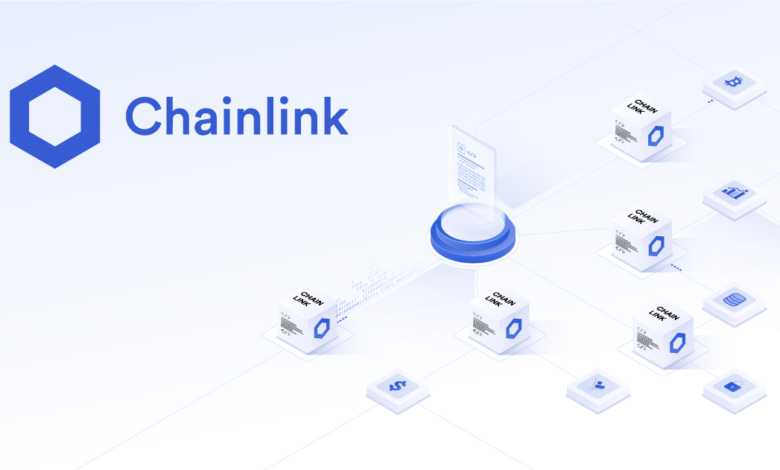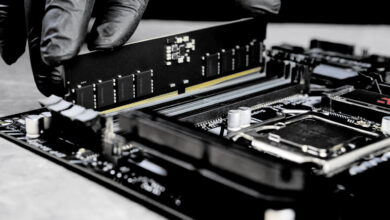Chainlink and its Decentralized Oracle Network

As the blockchain industry continues to evolve, one of the biggest challenges faced by smart contract platforms is the need for reliable and secure data inputs. Traditional data sources are centralized, making them susceptible to hacks, manipulation, and errors. This is where decentralized oracle networks come into play. Chainlink, a decentralized oracle network, is at the forefront of this technology.
What is Chainlink?
Chainlink is a decentralized oracle network that provides reliable and secure data inputs to smart contracts on any blockchain. It was launched in 2017 by Sergey Nazarov and Steve Ellis. Chainlink’s primary goal is to connect smart contracts to the real world, providing them with reliable and accurate data.
How Chainlink Works
Chainlink works by using a network of independent, decentralized nodes to retrieve and verify data from various sources, including traditional data providers and other blockchains. The nodes are incentivized to provide accurate data, with penalties for incorrect or fraudulent information. Once the data is verified, it is passed on to the smart contract for execution.
Chainlink uses a unique approach to data aggregation called “off-chain reporting.” This approach allows for more complex computations and reduces the computational load on the blockchain. Off-chain reporting also enables Chainlink to retrieve data from any source, whether it be APIs, web pages, or even IoT devices.
Why Decentralized Oracles Matter
Decentralized oracles are essential for the growth of the blockchain industry. They provide a means of securely and reliably connecting smart contracts to the real world, enabling them to interact with the outside world in a trustless and decentralized manner. This is critical for the development of decentralized applications (dApps) and other blockchain-based solutions.
Traditional oracles, which are centralized, pose significant risks to the security and reliability of smart contracts. They are susceptible to hacks, errors, and manipulation. Decentralized oracles, on the other hand, distribute the data retrieval and verification process among a network of independent nodes, making them much more secure and reliable.
The Benefits of Chainlink
Chainlink provides several benefits over other decentralized oracle networks, including:
Security
Chainlink’s decentralized architecture makes it more secure than traditional oracles and other decentralized oracle networks. The use of multiple independent nodes for data retrieval and verification ensures that the data is accurate and tamper-proof.
Reliability
Chainlink’s network of independent nodes provides reliable and accurate data to smart contracts, even in the face of network disruptions and other issues.
Scalability
Chainlink’s off-chain reporting approach allows for more complex computations and reduces the computational load on the blockchain, making it more scalable.
Versatility
Chainlink can connect smart contracts to any external data source, including APIs, web pages, and IoT devices.
Use Cases for Chainlink
Chainlink has several use cases, including:
Decentralized Finance (DeFi)
Chainlink is widely used in the DeFi space to provide price feeds for cryptocurrencies and other assets. These price feeds are critical for the functioning of decentralized exchanges, lending platforms, and other DeFi applications.
Supply Chain Management
Chainlink can be used to track goods and products throughout the supply chain, providing transparency and accountability.
Insurance
Chainlink can be used in insurance applications to verify claims and assess risk.
Conclusion
Chainlink is at the forefront of the decentralized oracle network space, providing a reliable and secure means of connecting smart contracts to the real world. Its unique approach to data aggregation and off-chain reporting make it more scalable and versatile than other decentralized oracle networks. As the blockchain industry continues to grow, Chainlink’s importance is likely to increase.



